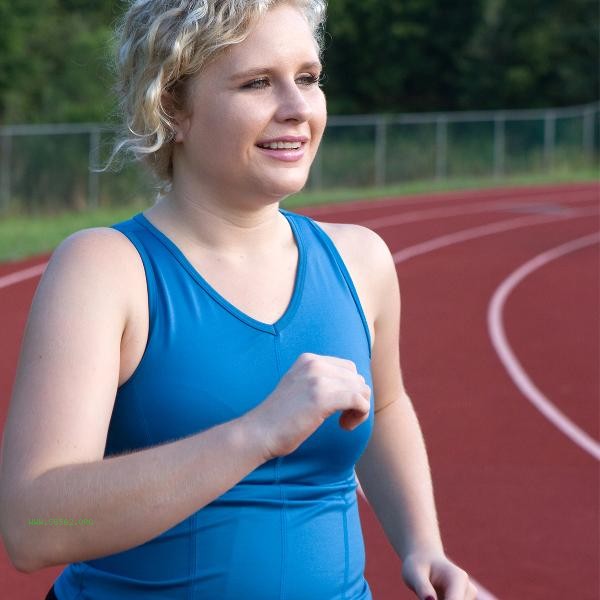Weight loss dinner can be achieved by controlling calorie intake, balancing nutrition, choosing low sugar foods, adjusting eating time, and controlling eating speed. Reasonably combining protein, dietary fiber, and healthy fats, avoiding high sugar and high-fat foods, can help stabilize blood sugar and promote fat metabolism.

1. Control calorie intake:
Dinner should account for less than 30% of the total calorie intake throughout the day, and it is recommended to limit it to 300-500 calories. Avoid fried foods, refined carbohydrates, and desserts. You can choose low-fat and high protein foods such as steamed fish and chicken breast, paired with half a bowl of mixed grain rice or 1 fist sized potato. Replace animal oil with olive oil in cooking to reduce hidden calorie intake.
2. Balanced nutrition:
Each meal should include 1 portion of high-quality protein such as tofu and shrimp, 2 portions of non starch vegetables such as broccoli and spinach, and a small amount of compound carbohydrates such as oats and quinoa. Protein can prolong satiety, dietary fiber promotes intestinal peristalsis, and compound carbohydrates prevent sudden increases in blood sugar. Can be paired with mushroom foods to increase trace element intake.
3. Low glycemic index selection:

Prioritize foods with a glycemic index below 55, such as brown rice and whole wheat bread, instead of white rice. Paired with vinegar mixed cold dishes or lemon juice for seasoning, acidic substances can reduce overall postprandial blood sugar reactions. Avoid high sugar fruits such as watermelon and lychee, and choose blueberries and cherry tomatoes as postprandial snacks.
4. Eating time:
It is recommended to finish dinner 3 hours before bedtime, with 18:00-19:30 being the ideal time slot. Eating too early can trigger a desire for late night snacks, while eating too late can affect the secretion of growth hormone. Office workers can prepare portable meal boxes to avoid overeating caused by delayed eating due to overtime. Taking a walk after meals can help with blood sugar metabolism.
5. Eating method:
Adopt a slow eating method for more than 20 minutes, chewing 20-30 times per bite. Use small utensils to control the portion size, drink clear soup first, then eat vegetables, and finally consume the main food. Avoid eating while watching videos. Focusing on eating can enhance the reception of satiety signals. Drinking 300ml of warm water before meals can reduce the intake of main meals.

Maintaining a light and regular dinner routine for a long time, combined with 60 minutes of aerobic exercise daily, has a better effect. Regularly changing the types of ingredients to prevent nutrient imbalance, such as salmon with asparagus on Monday, beef stew with tomatoes on Tuesday, etc. Pay attention to the body's reaction, and increase the carbon water ratio appropriately if dizziness and fatigue occur. Establish dietary record habits and adjust unsuitable pairing plans in a timely manner. During the weight loss period, ensure to drink at least 2000ml of water per day, and avoid excessive drinking that affects sleep quality 2 hours before bedtime.



Comments (0)
Leave a Comment
No comments yet
Be the first to share your thoughts!